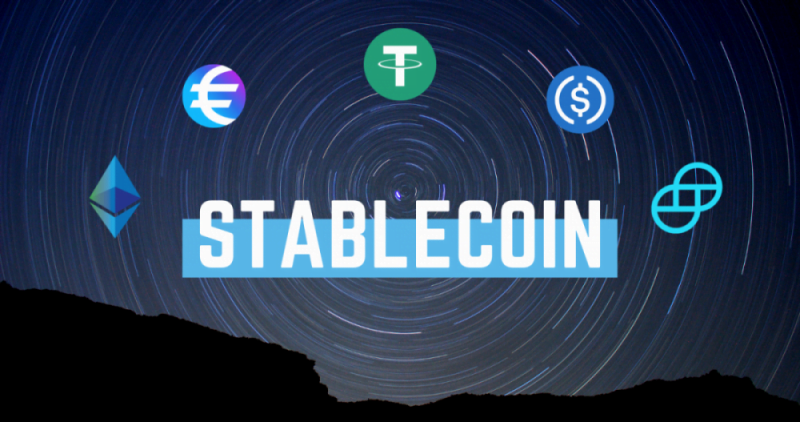As of late, major companies have been showing significant interest in stablecoin. These stablecoins grab headlines and financial experts, politicians, and business owners show interest in them from time to time.
If you are interested in gaining exposure to cryptocurrency without experiencing rampant volatility, stablecoins might be worth your time.
What is stablecoin? Can it be the new eCommerce currency? This article will answer it for you!
What Are Stablecoins?
Stablecoins are digital currencies that link themselves to an underlying asset. This underlying asset can be precious metal or a national currency.
The primary types of stablecoins are commodity-backed stablecoins, fiat-backed stablecoins, and cryptocurrency-backed stable coins. These currencies have a design to maintain fixed values.
In this tech-driven economy, stablecoins are rapidly evolving to serve as the new asset class. There’s no denying that cryptocurrencies are prone to volatility. However, unlike traditional cryptocurrencies and bitcoin, stablecoins are created to manage the price swings.
TPR coin is one such stablecoin that latches itself to the last highest value of gold. Such cryptocurrencies are proving themselves to be less influenced by market conditions.
Investors can buy commodity-backed stablecoins and retain this asset for capital appreciation.
They’re Better Than Credit Cards
Crypto enthusiasts often point out how stablecoins enhance the reach and efficiency of eCommerce. But unfortunately, the existing financial currencies have their fair share of inefficiencies. For example, credit cards are heavily reliant on intermediaries, making them unfit in the long run.
Blockchain technology grants payments to occur directly between the buyers and the seller. Thus, it reduces the cost for merchants as well as the customers. Besides, blockchain also allows verification process automation.
Studies suggest that blockchain technologies can slash banks’ infrastructural costs by up to $20 billion a year. Also, stablecoin’s high efficiency can translate into a much wider reach than before.
In a nutshell, stablecoins have all the features to displace existing payment methods of eCommerce.
Will People Use Stablecoin As Alternate Currency?
For people to use these stablecoins actively, they’ll be major roadblocks. No matter the incentives, the payment of goods and services through stablecoins is restricted to specific niches.
Yes, some major retailers accept cryptocurrencies. However, for stablecoins to make a cut, it might take longer. Chainalysis, a blockchain research company, found that crypto accounts for less than 1.3% per cent of the merchant transactions were associated with crypto.
Three or four puzzle pieces are required for stable coins to make the transition into eCommerce. There should be corporate champions, appropriate technology, and consumer demand.
Regulation can change the scene for stablecoins. But, unfortunately, banks refrain from involving themselves in crypto projects which makes businesses suspicious of this technology. Hence, the slow rate of adoption.
Nevertheless, more and more businesses are trying to promote stablecoins due to their efficiency. Also, if key financial institutions give their approval stamp to stablecoins, you might witness a reduction in reliance on low fiat currency.
Retailers such as Amazon might even launch their crypto in the future. So, brace yourselves as cashless shopping is about to knock on our doors.
The Bottom Line
For some time now, stablecoins are enjoying the spotlight in the crypto industry. As a result, they are the current buzzword and jump in every conversation related to cryptocurrency.
However, these stablecoins are yet to become the new eCommerce currency. Don’t get us wrong, stablecoins are the future, but it still has a long way to travel, especially due to some roadblocks it faces today.
The good news is, though stablecoins have not taken over the eCommerce currency in its entirety, but it will!

